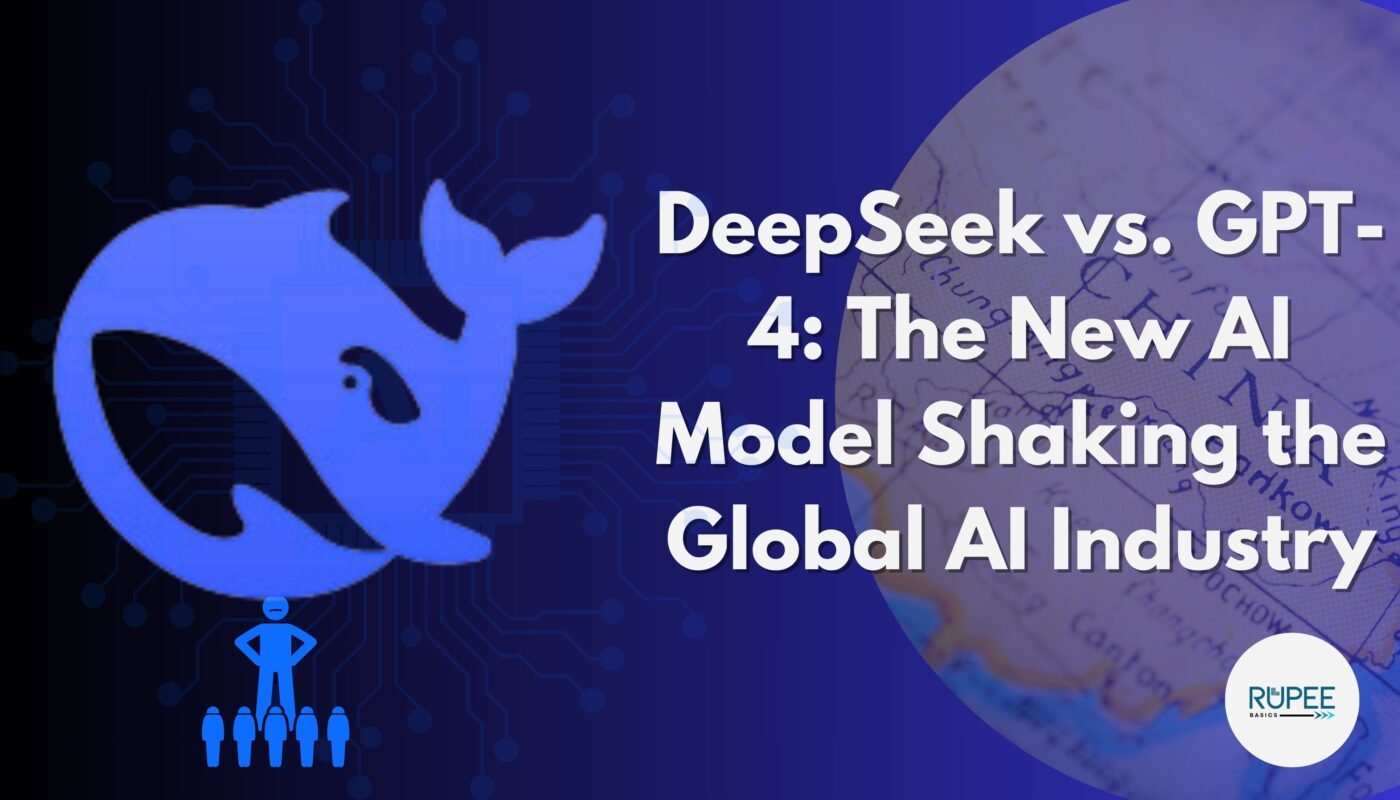DeepSeek and Its Impact on Other LLMs
DeepSeek-R1’s rise is reshaping the global AI ecosystem by challenging the dominance of established language models like OpenAI’s GPT series, Meta’s LLaMA, and Google’s Bard. Here’s how:
- Cost Efficiency and Resource Utilization:
- DeepSeek-R1 was developed with limited hardware resources, proving that AI breakthroughs are possible without massive computational power. This challenges the status quo upheld by Western AI giants who invest billions in data centers and advanced GPUs.
- Other LLMs may need to reassess their strategies to stay competitive, potentially focusing on optimization over scale.
- Market Disruption:
- The release of DeepSeek-R1 led to significant declines in the valuation of tech giants such as Meta, Nvidia, and Microsoft. This signals the market’s recognition of DeepSeek’s potential to alter the dynamics of AI leadership.
- Rivals are now under pressure to accelerate innovation, reduce costs, or adopt more open-source approaches to maintain relevance.
- Open-Source Approach:
- DeepSeek’s decision to make its advancements open-source contrasts sharply with the proprietary nature of models like GPT-4 or Google’s Bard. This fosters greater transparency and encourages collaboration among developers.
- Competing models may follow suit, creating a more open and dynamic AI ecosystem.
- Technological Leap:
- Reports suggest that DeepSeek-R1 outperforms many established models in certain tasks. This raises the bar for performance expectations in the industry, especially in natural language understanding, contextual reasoning, and multilingual capabilities.
FAQs: Comparing DeepSeek with Rivals
- How does DeepSeek-R1 differ from OpenAI’s GPT-4?
- Development Cost: DeepSeek was developed at a fraction of the cost, showing efficiency in resource utilization.
- Open-Source Model: While GPT-4 is proprietary, DeepSeek embraces open-source principles, making it accessible to developers worldwide.
- Performance: Initial reports suggest competitive performance, particularly in multilingual tasks, but detailed benchmarks are awaited.
- Is DeepSeek-R1 a threat to Meta’s LLaMA?
- Yes, especially since Meta has also embraced an open-source approach. DeepSeek’s competitive edge lies in its cost-effective development and market impact, which Meta may struggle to match.
- What makes DeepSeek unique compared to Google Bard?
- Google Bard focuses heavily on conversational AI with a large ecosystem of Google integrations. DeepSeek, on the other hand, emphasizes efficiency and open collaboration, which might attract developers looking for flexible and adaptable AI models.
- Does DeepSeek support as many languages as other LLMs?
- Early reports highlight DeepSeek’s strong multilingual capabilities, but a direct comparison with GPT-4 or Bard’s extensive language support is still pending detailed analysis.
- Will DeepSeek lead to more affordable AI solutions?
- Likely. Its efficient development model could inspire competitors to optimize their processes, potentially reducing the costs of implementing AI across industries.
“A goal without a plan is just a wish.” – Antoine de Saint-Exupéry




